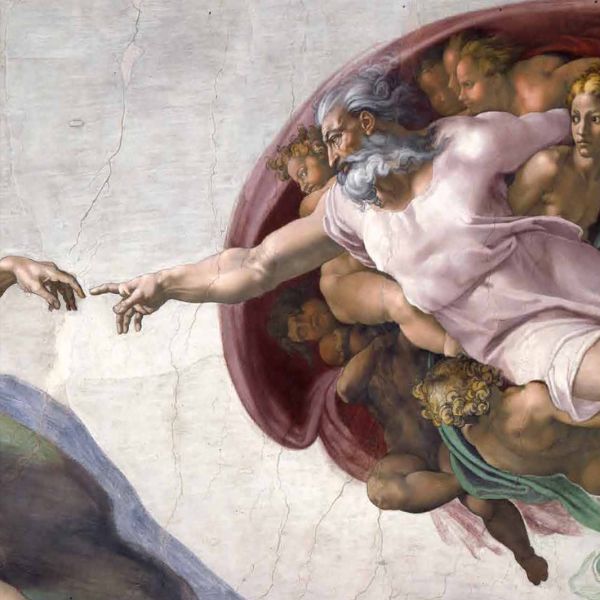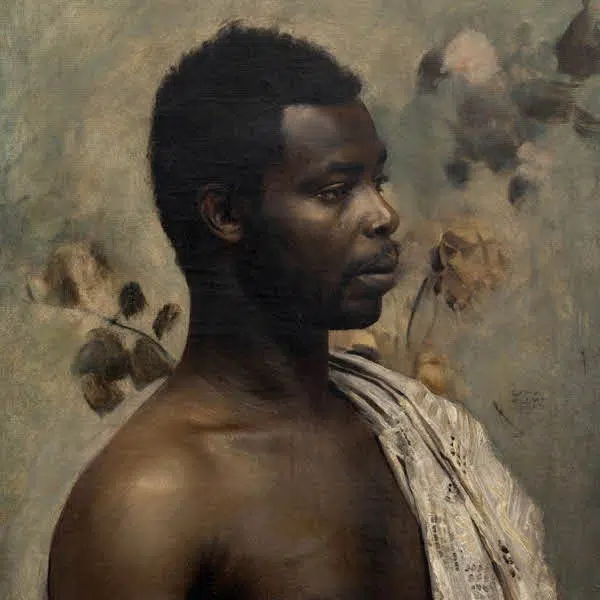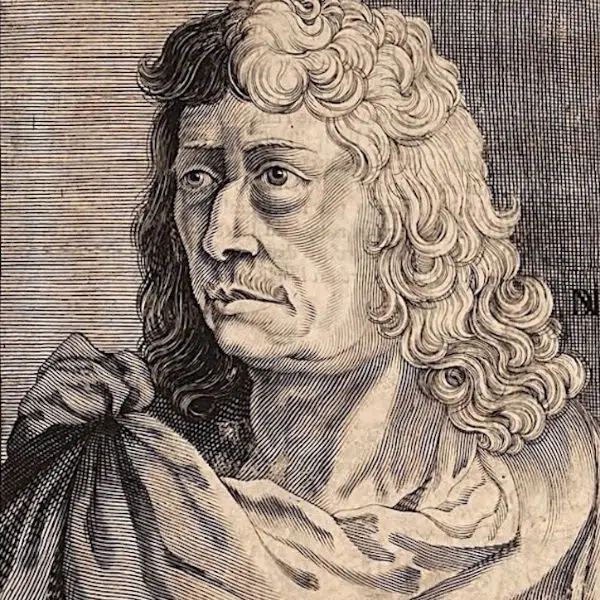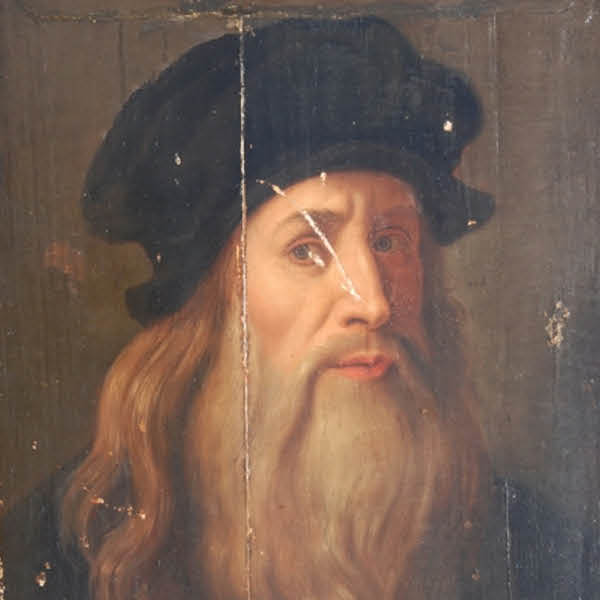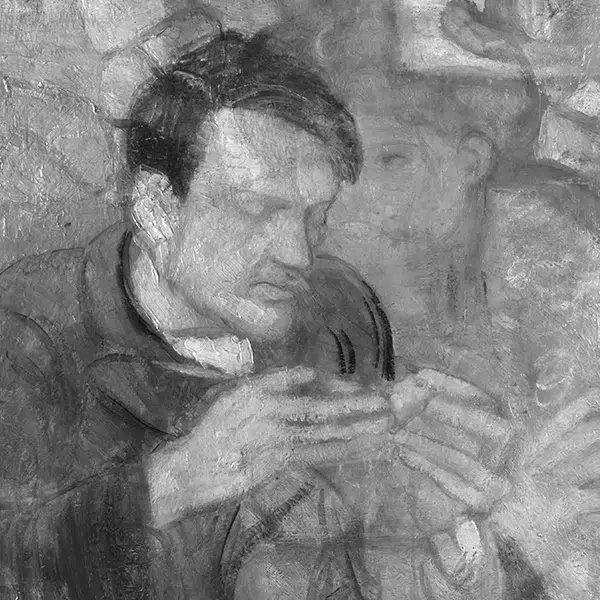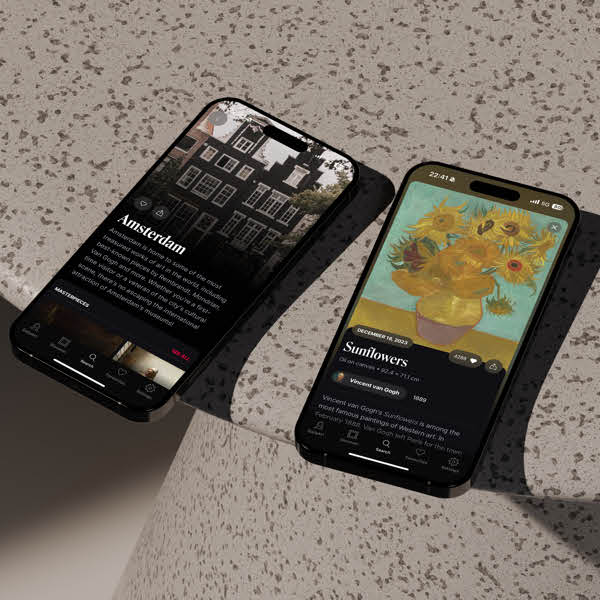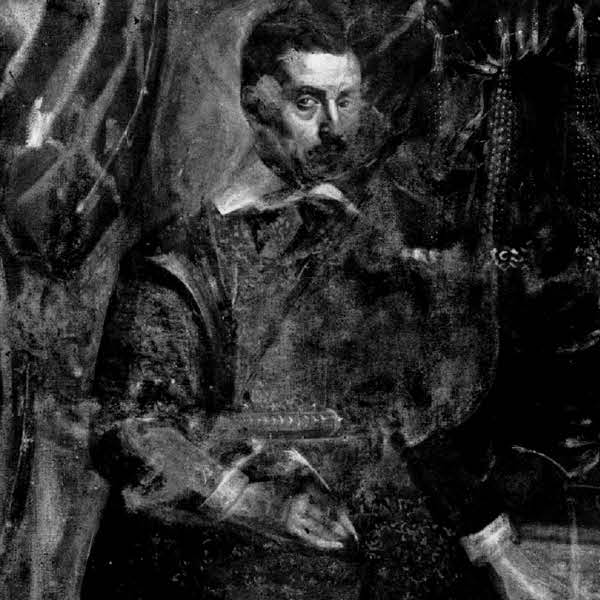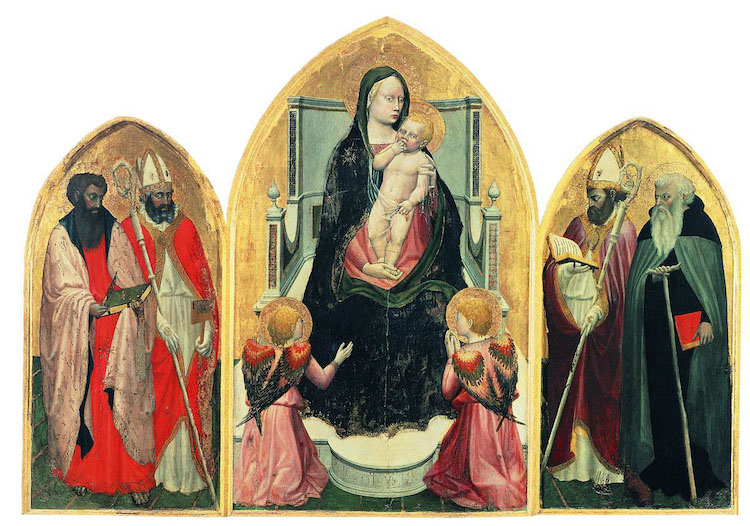
Masaccio, “San Giovenale Triptych,” c. 1422 (Photo: Wikimedia Commons [Public Domain])
The Early Renaissance, also known as the quattrocento, took place in the 14th century. It was a largely transitional time, during which artists like Brunelleschi (1377-1446) and Giotto (c.1267-1337) were rediscovering classical aesthetics of proportion, perspective, and human anatomy. Among these creative pioneers was the artist known as Masaccio (1401-1428) who, along with his contemporaries, paved the way for later Renaissance art. His use of linear perspective and the vanishing point, as well as his acute attention to realism, made him the first great painter of the Italian Renaissance.
Who was Masaccio?
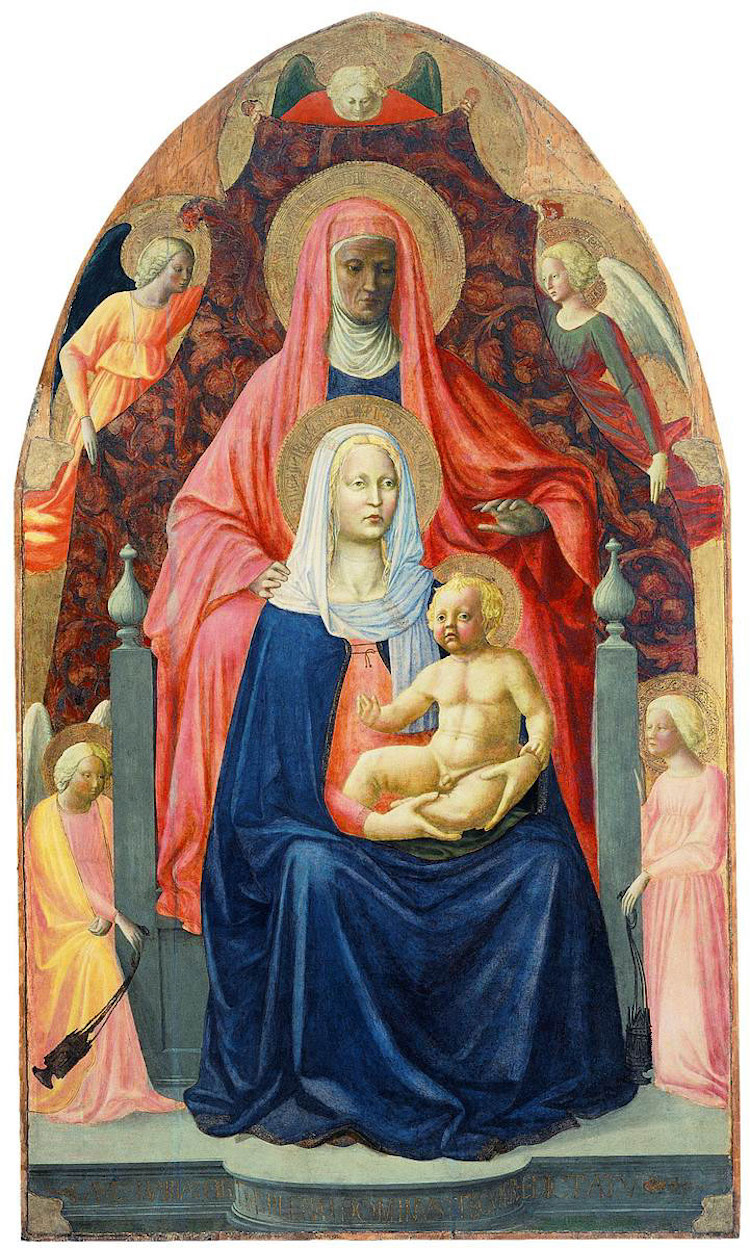
Masolino and Masaccio, “Virgin and Child with Saint Anne,” c. 1424 (Photo: Wikimedia Commons [Public Domain])
There is no record of Masaccio moving to Florence until January 7, 1422, when he officially joined the painters' guild, Arte de' Medici e Speziali as an independent artist. According to historians, Masaccio and his more famous contemporary Masolino traveled to Rome in 1423, where the two studied classical artwork. Afterward, Masaccio collaborated with Masolino on a large altarpiece entitled Virgin and Child With Saint Anne, and already a strong suggestion of three-dimensionality in the figures and objects can be seen from both painters.
At this time, Florence was a hub of creative innovation. Masaccio was able to study the paintings of Giotto, as well as the ingenious work by Brunelleschi and Donatello. Additionally, his exposure to ancient Greek and Roman art continued to influence his painting.
Painting the Brancacci Chapel
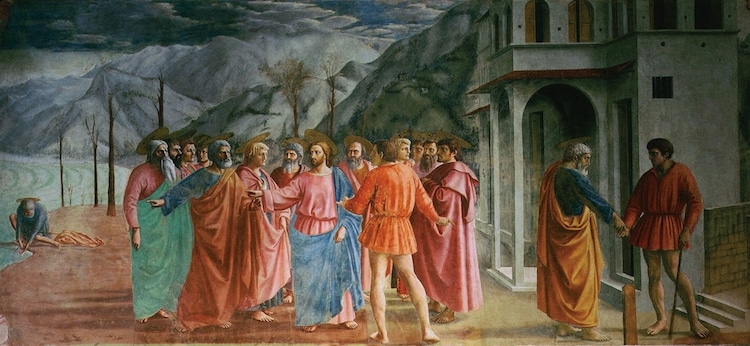
Masacio, “The Tribute Money,” Brancacci Chapel, 1425 (Photo: Wikimedia Commons [Public Domain])
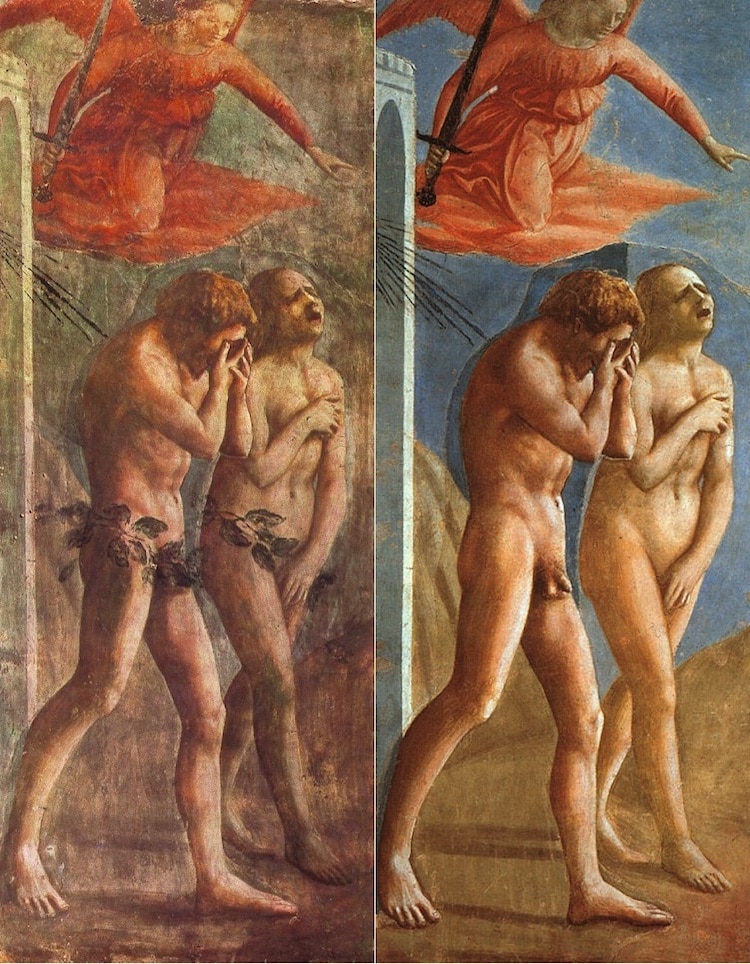
Masaccio, “Expulsion of Adam and Eve,” before and after restoration, Brancacci Chapel, c. 1426-8 (Photo: Wikimedia Commons [Public Domain])
After 1425, Masolino left the project for work in Hungary, leaving Masaccio to complete the remaining frescoes. Although many were destroyed in subsequent fires, restoration allowed historians to find the original appearance of the lost works.
Masaccio's Masterwork, the Holy Trinity
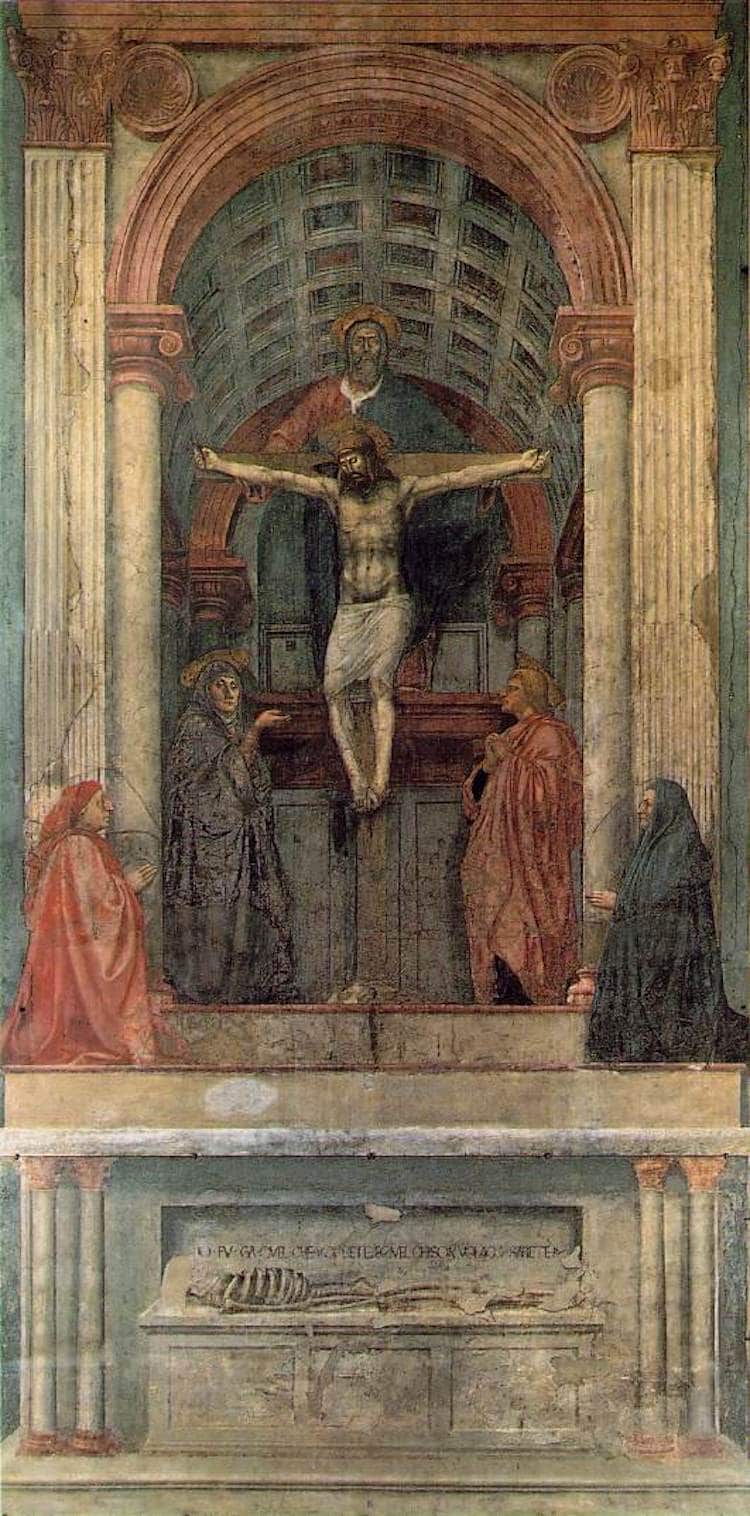
Masaccio, “Holy Trinity,” c. 1427 (Photo: Web Gallery of Art via Wikimedia Commons [Public Domain])
It is very likely that Masaccio sought the assistance of Brunelleschi in creating this technique, who was an accomplished architect and engineer responsible for designing the dome of the Florence Cathedral.
Legacy of Masaccio
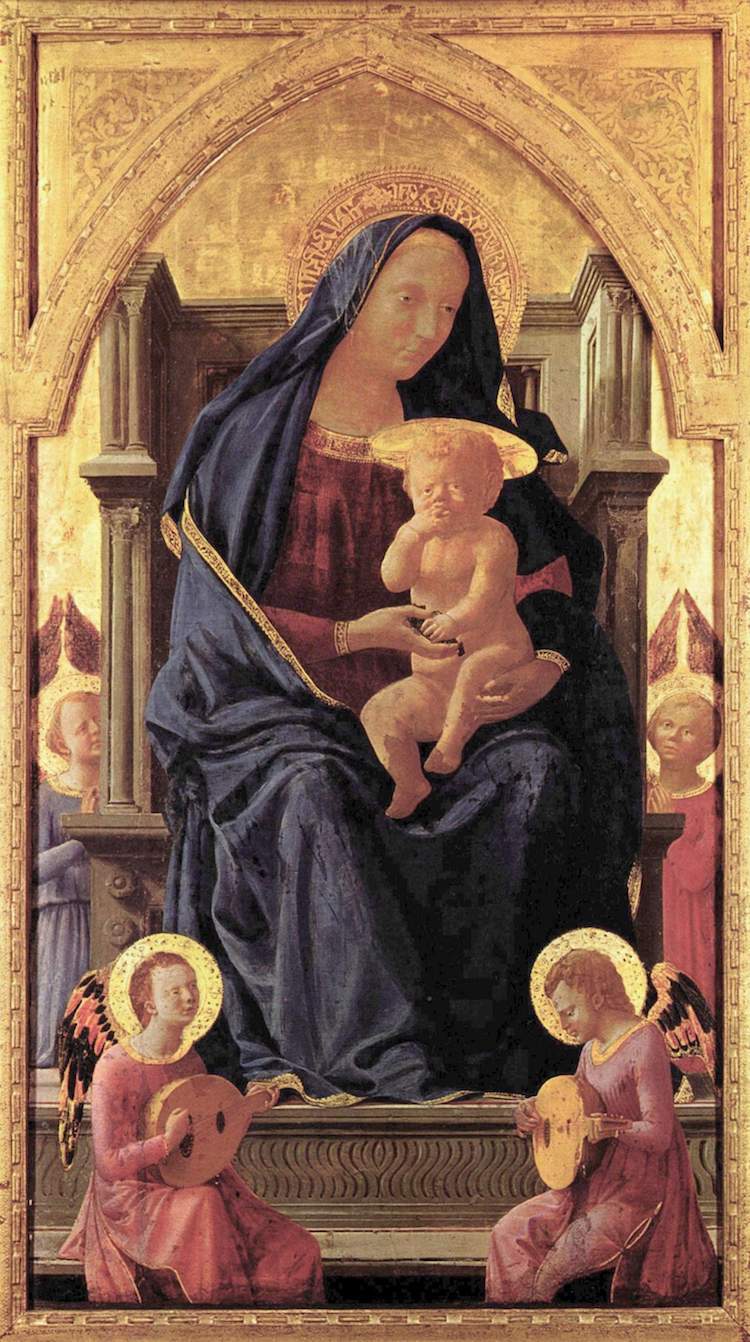
Masaccio, “Virgin Mary,” 1426 (Photo: Wikimedia Commons [Public Domain])
Related Articles:
Fra Angelico and the Annunciation: How the Ethereal Event Inspired the Early Renaissance Artist
Who Is Giotto? Learn About the Life and Art of the Father of the Renaissance
The Radical Art of the Spanish Renaissance Painter Known as “El Greco”
Who Is Titian? Exploring the Life and Art of the Renaissance Master of Color












































































